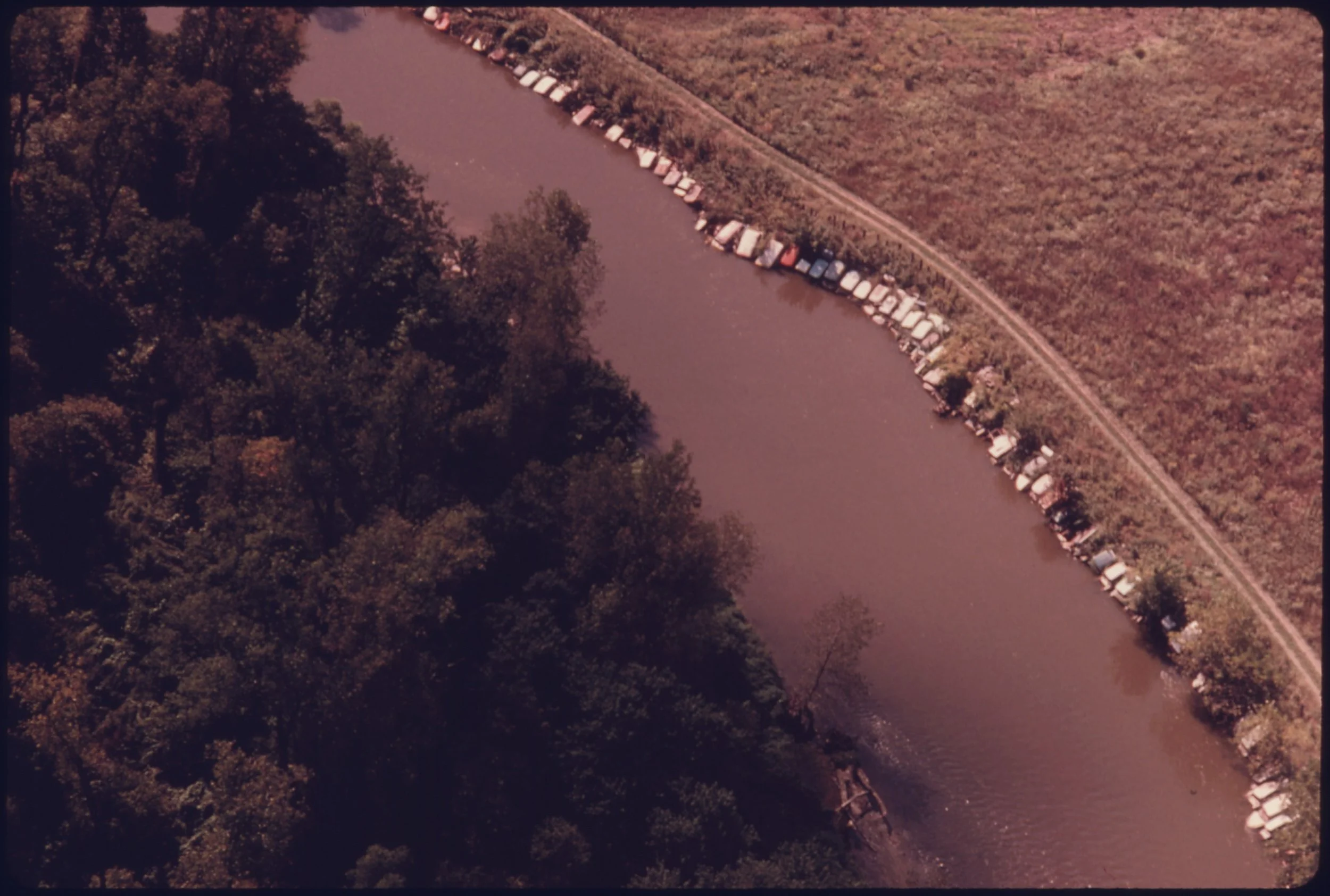Last year, Scioto Analysis conducted a study of Ohio’s economy using an alternative, “GDP+” framework called the “genuine progress indicator”. This was the first Genuine Progress Indicator study in Ohio since 2012 and tracked Ohio’s recovery from the Great Recession, calculating the size of the economy in every year from 2009 to 2016 using 26 different economic, environmental, and social indicators.
That same year, researchers at the University of Vermont calculated a “point-in-time” measure for all fifty states for the year 2011. The nice thing about this report is that we can use this data to compare Ohio’s economy compared to the economy of the other 49 states.
On most indicators, Ohio is characteristically pedestrian, falling within half a standard deviation of the state mean per-capita cost or benefit. For four indicators, though, Ohio deviates from the average state, and all but one of these are in a negative direction.
Water Pollution
Ohio’s worst indicator compared to other states is water pollution. The cost of water pollution to the average state resident in Ohio in 2011 was $219 compared to $139 for the average state, one and a half standard deviations higher than the mean. This should not be surprising for those who lived through the Cuyahoga River Fire, but these numbers show that Ohio’s water pollution struggles are far from ancient history. Water quality has become a problem recently as algae blooms in Lake Erie and other lakes have cost Ohioans in property values, tourism industry, and natural resources. University of Toledo Economist Kevin Egan has proposed a phosphorus tax to capture the cost of runoff where it begins, but state policymakers have shied away from the proposal, leaning towards regulations and education.
Personal Consumption
The largest portion of the genuine progress indicator is personal consumption expenditures, or consumer spending on goods and services, which makes up over a third of gross impacts in the measure. The average Ohioan spent about $31,000 on goods and services in 2011, compared to about $34,000 for the average state, making this also the largest single shortfall for Ohio compared to other states in absolute terms, but also among the highest in relative terms as Ohio’s personal consumption expenditures per capita were three-quarters of a standard deviation lower than the average state. This may be a symptom of higher poverty and lower incomes in Ohio than the average state.
Motor Vehicle Crashes
The bright spot in this report is that Ohio experiences less motor vehicle crashes than the average state. In 2011, Ohio had about 9 fatal crashes per 100,000 people, compared to the average state that had 12 fatal crashes per 100,000 people (about two-thirds of a standard deviation lower). This means Ohio had less medical costs, time lost at work, and most importantly deaths per person than the average state, leading to savings of about $1,500 per person. It’s hard to say exactly what is causing the lower crash levels in Ohio, but with Wyoming, North Dakota, and Montana all experiencing the higher rates of over 20 fatal crashes per 100,000 people, it may have to do with density or speed limits.
Higher Education Attainment
Back to the bad news: Ohioans are generally less educated than the average state. In 2011, about 25% of Ohio’s adult population had a bachelor’s degree or higher, compared to about 28% for the average state, which makes Ohio’s attainment rate about half a standard deviation lower than the average. This leads to an a lost $400 per capita in greater civic engagement, longer life expectancy, better child education, and more optimal family sizes. This may owe to Ohio’s history as an industrial state and its reliance on industries that require less education than others. If Ohio’s higher education attainment rate was the same as the average state, Ohio would have about a quarter million more bachelor’s degrees in its workforce. The Ohio Department of Higher education has set a goal to reach 65% attainment of working-age degree, certificate, or workforce credentials by 2025, which could mean a half million more bachelor’s degrees in the state workforce.
Ohio doesn’t do terribly in this comparative analysis, but it does provide room for improvement: Ohio has models in other states that have less water pollution, stronger consumer economies, and more educated workforces. Ohio should be happy, though, that motor vehicle crashes are not as bad as they are in other states. One limitation of this data, though, is that the most recent study only captured information from 2011. Ideally, the federal government, through the US Bureau of Economic Analysis, would conduct a 50-state analysis of state genuine progress indicators every year. Until then, we will lean on independent analyses done by the University of Vermont, Scioto Analysis, and other firms to provide us with this key economic information.

